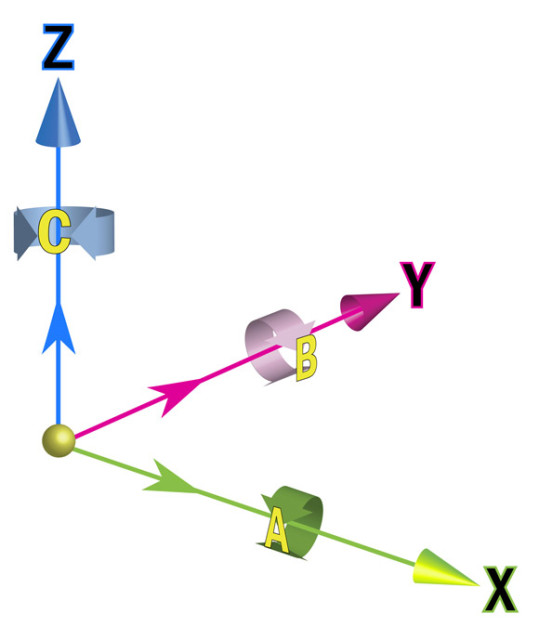Full 5-Axis Machining Capability
Garden City Machine offers full 5-axis machining capability to industrial and manufacturing clients throughout Ontario, Canada and the US.
5-axis machining involves using a CNC machine to move a part or cutting tool along 5 different axes simultaneously to enable the machining of very complex parts in one step.
Several factors have contributed to the adoption of 5-axis machining across industries like aerospace, medical, automotive – where complex parts are required. There are a number of reasons why 5-axis machining has become a standard:
- The desire reduce lead time and increase efficiency through single-setup machining (sometimes referred to as 'done-in-one').
- The quest for better access to part geometry and the need to avoid collision with the tool holder by tilting the cutting tool or the table.
- The goal of improving tool life and cycle time – results of tilting the tool/table to maintain optimum cutting position and constant chip load.
One of the biggest benefit of 5-axis machining is that increases the possibilities of types of part geometries that can be machined in one stage.
How does 5-axis work?
In full 5-axis machining, the machine tool’s three linear axes (X, Y and Z) and two rotational axes (A and B) all engage at the same time to perform complex contour surface machining, as shown in the diagram below.

Frequently Asked Questions
What are the top benefits of 5-axis machining?
There are many advantages of full 5-axis machining, all of which significantly impact productivity and profitability.
The major benefit of 5-axis machining is the ability to machine complex shapes in a single set-up. This gives greater machining productivity compared to performing the job in a series of set ups, as well as significantly reducing the time and cost of preparing fixtures. Furthermore, with multiple set-ups, there is always a possibility of incorrect alignment each time the part is moved.
Processing 5 sides of a part in a single setup requires less preparation, and results in shorter lead times and better accuracy and eliminates the need to move workpieces across multiple workstations/pieces of equipment.
Another important advantage of 5-axis machining is that it enables shorter cutting tools to be used since the head can be lowered towards the job and the cutter oriented towards the surface. As a result, higher cutting speeds can be achieved without putting excessive load on the cutter, so increasing tool life and reducing breakages.
The use of shorter cutters also reduces the vibration of the tool that can result when machining deep cores or cavities with three-axis machines. This allows a higher quality surface finish to be obtained, so reducing, or even eliminating, the need for time-consuming hand finishing.
What is the difference between 5-axis and 3+2-axis?
3+2-axis is also called 5-sided or positional 5-axis machining.
In contrast to full 5-axis machining, it involves executing a 3-axis program with the cutting tool locked at an angle determined by the two rotational axes.
Machining that involves reorienting the toolbit along the rotational axes between cuts is called ‘5-axis indexed’ though it still counts as 3 + 2.
What is the difference between 5-axis and 3-axis?
3-axis machining is one of the most widely used techniques to make mechanical parts. It is a relatively simple process, using conventional machining tools to allow material to be worked on 3 axes (X,Y and Z).
The machining tool removes shavings in three basic directions corresponding to the axis of a flat surface.
3-axis machining is very suitable for parts that are not too deep, but is limiting when trying to handle a deeper part or a part with more complexity.
How does software impact the process?
Although having a machinist with the right skill set is a major contributor to maximizing a 5-axis machine’s capabilities, the machine’s control and software are just as important.
While some machining shops may have the machine itself, they may not have the software that’s needed to create a cutting program to utilize the machine’s full capabilities for a client project.
Choosing a company with the right CAD/CAM package is essential to getting the most from any 5-axis machining job.
How does 5-axis compare to casting?
Another major benefit from the use of 5-axis machining is the ability to machine extremely complex parts from solid that would otherwise have to be cast.
For prototypes and very small runs, this approach is much quicker and cheaper. It can give lead times of one or two weeks, instead of two months or more that would be needed for castings.
